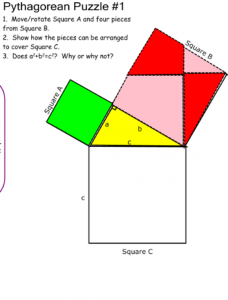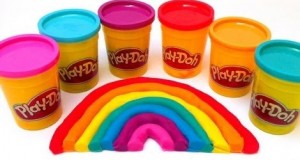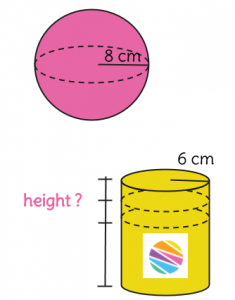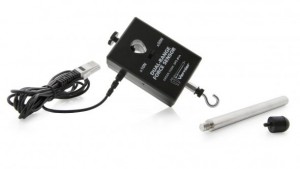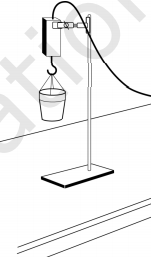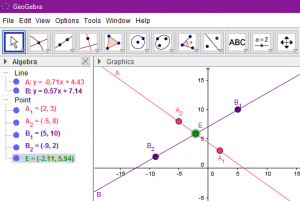This learning progression was designed primarily for a bilingual slower pace 9th -12th-grade Algebra 1 course. This class consists of twenty students of who ten do not speak any English and need assistance in Spanish. Throughout this unit, the lessons were provided in 50% Spanish and 50% English as well as all handouts having written directions in both languages. Aside from this class being slow paced because of the language barrier for some students there is also students who struggle in understanding. Overall, this course consists of about 50% not being able to graduate on time as the class is made up of eleven ninth-graders, four tenth-graders, three eleventh-graders and two twelfth-graders. About 50% of the students in this course are anticipated not to graduate on time as their lack of understanding affects more than this course.
The Common Core State Standards that will be satisfied are from three different domains. The first one comes from the cluster titles, “Define, evaluate, and compare functions” and is 8. S.A.3. The second one is SSE.A.1. A and comes from cluster “Interpret the structure of expressions.” The third standard is SSE.B.3 coming from cluster “Write expressions in equivalent forms to solve problems.” In this course, students focus on mastering 8th grade standards as they slowly incorporate high school content standards. Throughout this learning progression, students will focus on four mathematical practices which are MP1, MP4, MP5, and MP6.
The central focus of this learning segment is for students to be able to analyze how the equation and the graph of a line are related. Students will represent a linear relationship as points on a coordinate plane and as an equation representing a line. Students will work towards this by learning how to solve a linear equation for y leading to them discovering slope-intercept form. In this form students, will identify the slope and y-intercept of a linear equation as well as on a graph. Once being able to identify the two pieces of information be able to quickly graph lines. As well as deepen their understanding of slope of a line by being able to explain how changes in the slope affect the steepness and direction of a line. The purpose of students being able to master these skills
is to deepen their understanding of graphing linear equations by providing a quicker method to graphing. Students will understand that making a T-chart or finding x and y-intercept can be time-consuming while using the slope-intercept form is more efficient. All this building their mathematical reasoning for the second unit which is the second half of the chapter which will focus on students exploring data to determine whether a linear relationship exists. They will be able to determine functions and work with modeling direct variation and find the slope and rate of change.
Full learning progression: edtpa Learning Progression
Lesson Plan: Algebra 1 EDTPA lesson plan

